Plastic Injection Molding Parts Used in Disposable Circumcision Stapler
Disposable Circumcision Stapler: An Overview
Disposable circumcision staplers are used in surgical procedures for circumcision. Unlike traditional methods, these staplers provide a sterile and efficient means to perform the procedure. The sterile environment is crucial in preventing post-surgical infections, making the choice of materials and manufacturing process critical.
Importance of Sterility
In medical procedures, sterility is non-negotiable. Disposable circumcision staplers are designed to ensure that every component is free from contaminants, and plastic injection molding plays a pivotal role in achieving this level of sterility.
How the Disposable Circumcision Stapler Works
The stapler is a handheld device equipped with a circular blade and staples. During the procedure, the device is carefully applied, ensuring precision and minimal tissue damage. The circular blade cuts the foreskin, and the staples simultaneously close the wound, reducing the risk of infection and promoting faster healing.
This is a Disposable Circumcision Stapler cutter & plastic parts assembling test. We provide plastic injection molds and plastic parts manufacturing services as per customers' designs of all kinds of disposable circumcision stapler plastic parts. When all spare parts are ready, the end user will assembly and test its function.
More information, please email us: cnkylt@aliyun.com
The Role of Plastic Injection Molding in Disposable Circumcision Staplers
Material Selection
Precision Manufacturing
Disposable circumcision staplers require intricate parts that must fit together flawlessly. The precision achieved through plastic injection molding ensures that these devices perform accurately and consistently in medical procedures.
Disposable Circumcision Stapler Structure

The structure of a Disposable Circumcision Stapler typically consists of several key components designed to perform the surgical procedure effectively and safely. While the specific design may vary between manufacturers, the following is a general overview of the key elements commonly found in such devices:
1. Handheld Body: The main body of the stapler is designed to be held by the surgeon or healthcare professional during the circumcision procedure. It is ergonomically shaped to allow for a comfortable grip and precise control.
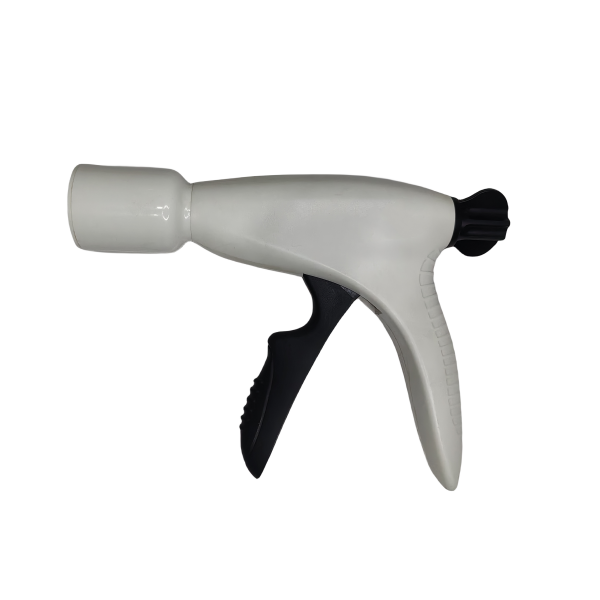
2. Circular Blade: At the front end of the stapler, there is a circular blade. This blade is responsible for making the precise incision on the patient's foreskin. It should be sharp and precise to ensure a clean cut.
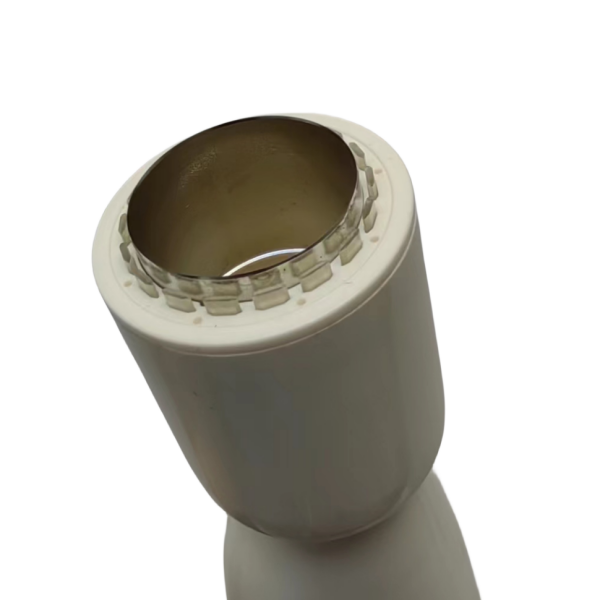
3. Staple Cartridge: A staple cartridge is integrated into the stapler, usually just behind the circular blade. It contains a set of sterile staples that are deployed after the incision is made. These staples are designed to close the wound securely.
4. Safety Mechanism: To prevent accidental activation or any unintended usage, Disposable Circumcision Staplers often feature a safety mechanism. This can be in the form of a button or lever that must be pressed or engaged to enable the device.
5. Trigger: The trigger is used to activate the circular blade and staple deployment mechanism. When the surgeon or healthcare professional squeezes the trigger, it initiates the cutting and stapling process.
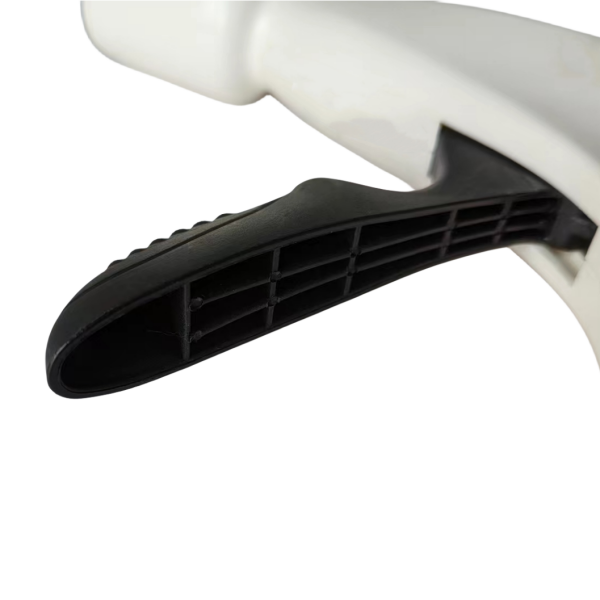
6. Sterility Features: Given the sensitive nature of the procedure, Disposable Circumcision Staplers are designed with features to maintain sterility. This includes sealed packaging, a sterile staple cartridge, and mechanisms to prevent contamination.
7. Adjustment Controls: Some staplers have adjustment controls to allow the healthcare professional to customize the depth and diameter of the cut, ensuring precision and customization for individual patients.
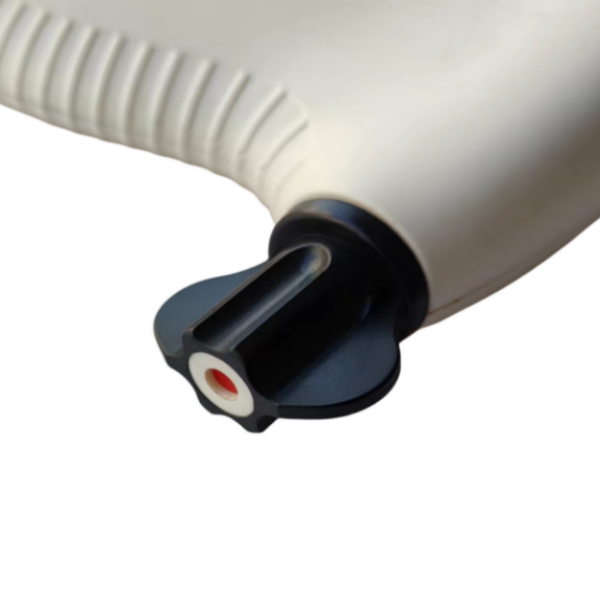
8. Ejector Mechanism: After the procedure is completed, there is often an ejector mechanism to safely remove the used staple cartridge from the stapler, preventing any accidental contact with contaminated materials.
9. Alignment Guides: These guides assist the surgeon in ensuring the stapler is correctly positioned before activation, promoting accuracy during the procedure.
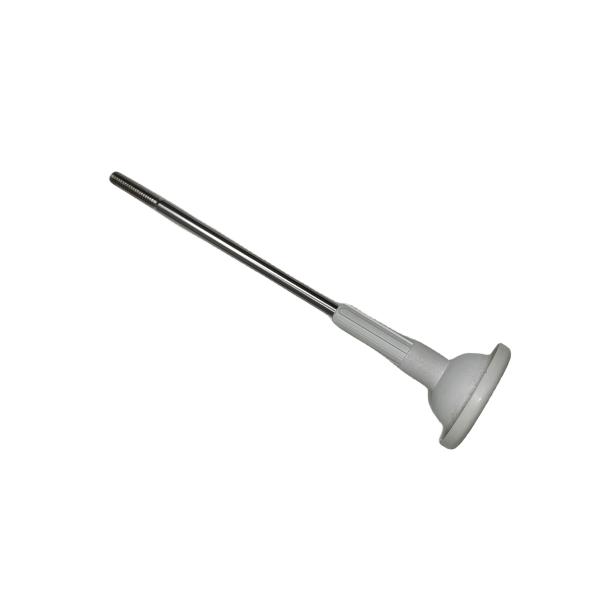
10. Disposable Components: As the name suggests, these staplers are designed for single-use applications. This means that critical components, such as the staple cartridge, must be disposed of after each procedure to prevent cross-contamination.
Benefits of Plastic Injection Molding for Medical Devices
Consistency and Precision
One of the standout benefits of using plastic injection molding in medical devices is the consistency it offers. Every part produced is identical, reducing the risk of errors during assembly and surgery. This consistency enhances patient safety and procedure effectiveness.
Cost-Effectiveness
Plastic injection molding is a cost-effective manufacturing method, which is especially important in the medical industry. It allows for the production of high-quality components at a reasonable cost, making advanced medical procedures more accessible.
Quality Control and Compliance
Meeting Industry Standards
The production of medical devices necessitates adherence to strict quality standards. Plastic injection molding can be tailored to meet these standards and ensure that every part meets or exceeds the requirements set by regulatory bodies.
Regulatory Requirements
Medical devices, including disposable circumcision staplers, are subject to rigorous regulatory requirements. Plastic injection molding allows manufacturers to meet these requirements efficiently and consistently.
Sustainable Practices in Plastic Injection Molding
Reducing Waste
Sustainability is a growing concern in manufacturing. Plastic injection molding can be optimized to reduce waste and minimize the environmental impact of production.
Reusability and Recycling
Plastic injection molding materials are often recyclable, contributing to a more sustainable approach in the healthcare industry.
The Future of Plastic Injection Molding in Healthcare
Advancements in Materials
Ongoing research is leading to the development of new, even more biocompatible materials for plastic injection molding in medical devices.
Customization and Prototyping
Advancements in technology are enabling greater customization and prototyping capabilities in plastic injection molding, allowing for more tailored medical devices.
Conclusion
Plastic injection molding has revolutionized the production of disposable circumcision staplers, ensuring precision, sterility, and cost-effectiveness. As the medical industry continues to evolve, plastic injection molding will play an even more significant role, pushing the boundaries of innovation and sustainability.
KYLT is experienced in manufacturing all kinds of plastic medical parts injection molds and plastic parts. Please email us: cnkylt@aliyun.com for an instant Free quotation for your new disposable circumcision stapler design.
FAQs
1. Are disposable circumcision staplers safe for use in medical procedures?
Yes, these staplers are designed with the utmost attention to sterility and precision, making them safe and effective for medical use.
2. Why is plastic injection molding preferred for manufacturing medical device components?
Plastic injection molding offers consistency, precision, and cost-effectiveness, making it an ideal choice for the healthcare industry.
3. How can plastic injection molding contribute to sustainability in healthcare?
By reducing waste and enabling the use of recyclable materials, plastic injection molding promotes sustainable practices in healthcare manufacturing.
4. What are the regulatory requirements for medical devices like disposable circumcision staplers?
Medical devices must adhere to strict regulatory standards to ensure safety and effectiveness, and plastic injection molding can help meet these requirements.
5. What does the future hold for plastic injection molding in healthcare?
The future will likely bring advancements in materials, customization, and prototyping capabilities, allowing for even more innovation in the healthcare industry.

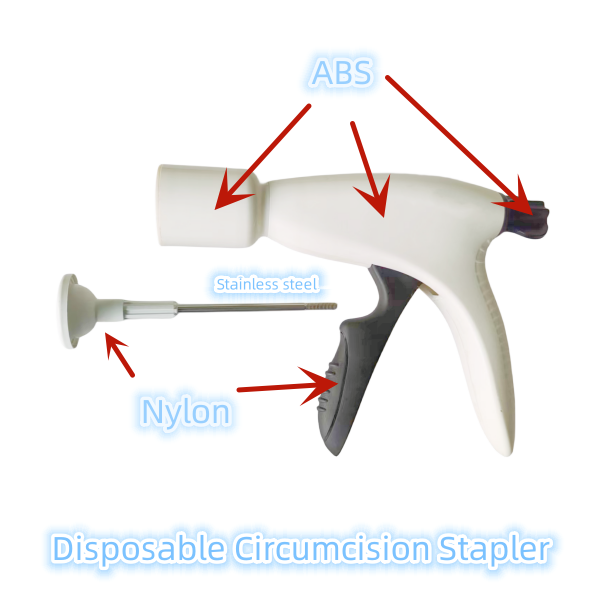
评论
发表评论